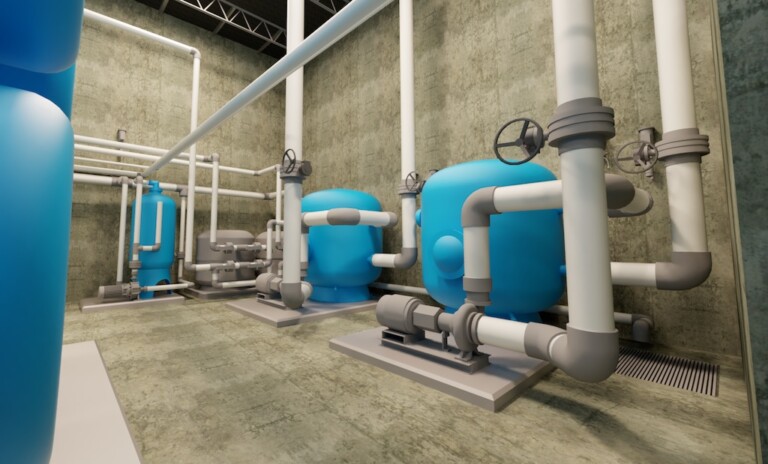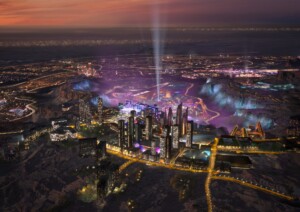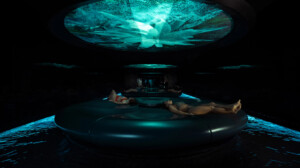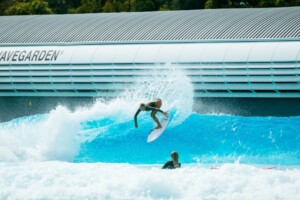Cloward H2O, an expert in aquatic design, has been sharing insights into why filtration is a critical component of any successful water themed project, and how the type of filter technology used can have a significant impact on elements of a water feature including water quality/clarity, operational costs, and guest experience.
When it comes to aquatic features in the attractions industry, the two most suitable choices are sand filters and regenerative media (RM) filters. Cloward H2O outlines the differences, to help operators determine what type is better suited to their project.
High-rate sand filters
When comparing initial capital expenses alone, sand filters are probably the most cost-effective alternative over RM filters because they are the industry standard. However, the expense does not include just the cost of the filters. It is necessary to consider the following factors: the amount of mechanical space; the number of filters and the corresponding amount of piping and labour required for their installation; the cost of filter media; the expense of wastewater treatment and make-up; the piping systems for each filter; and the electrical requirements.
In terms of their capabilities:
- Particles as small as 15 microns can be eliminated by sand filters. Particles smaller than 15 microns have the ability to affect the chemistry and purity of water. Therefore, it is essential to pay closer attention to the water chemistry of a pool while employing sand filters.
- Sand media must be changed around every 5-7 years.
- Sand filters use lots of water. Backwashing filters every 3-5 days is typical. Pool water is reversed through the sand medium to discharge filtered particles at 20 gpm/sf during a backwash. A single filter backwash lasts for approximately 5 minutes and all that water is sent to waste.
- The typical layout of sand filter tanks in a pool mechanical room is horizontal. Tank vessels can be stacked on top of one another to reduce the amount of floor space needed, however, this normally requires at least 20 feet of unobstructed space.
- Sand filters require higher pumping power to operate when compared to RM filters.
Regenerative media filters
The alternative filtration option, RM filters, offers a number of noteworthy benefits in comparison to conventional sand filters. When comparing costs and making a decision between these two distinct forms of filter technologies, there are numerous other aspects to take into account. On its own, an RM filter system will initially cost more than an identical sand filter system.
Here are some of the key points:
- Particles as fine as one micron will be eliminated using regenerative media. This is sufficiently small to contain microorganisms that cause water-borne illnesses, such as Cryptosporidium. Water clarity can be significantly increased and balanced water chemistry can be easier to maintain when particles as small as one micron are removed.
- RM filters require far less water to run than sand filters. Backwashing an RM filter is usually necessary once every 15 to 20 days. When an RM filter backwashes, the tank is emptied twice, resulting in a total water waste of two tank volumes. According to reports, RM filters can function with up to 95% less water than an equivalent sand filter.
- Less water loss equates to less chemical use for sanitation because treated water is preserved and less needs to be treated. As there is less need to heat fresh makeup water, less water loss also translates to less heating expenses.
- Less pumping power is needed to run RM filters. About 14% less pumping power is needed since there are lower pressure drops across the filter than with sand filters.
- The amount of mechanical space needed can often be reduced by 20%–30% or more when compared to sand filter-based systems. Additionally, this can reduce the cost of running the necessary HVAC systems.
Compared to sand, the yearly running costs of regenerative media are substantially lower. Because they run at a lower pressure, they consume less water, sewer, and power. They also waste significantly less acid and chlorine because they flush out less chemically treated water into the sewer. RM filters usually produce a break-even ROI after 1-3 years of operation when comparing initial capital expenses between RM and sand filters.
“At Cloward H2O, we are well versed in many different filtration technologies and their pros and cons,” says the firm.
“Part of our aquatic engineering process is selecting the appropriate filter for each aquatic attraction on a project and helping the client understand the ramifications of each selection. At the end of the day, the aim is to provide aesthetically pleasing water that will enhance the guest experience while protecting the health of those who interact with the water.”
Recently, the Cloward H2O team spoke to blooloop about the creation of Montgomery Whitewater, a major new outdoor lifestyle centre in Montgomery, Alabama, US.














